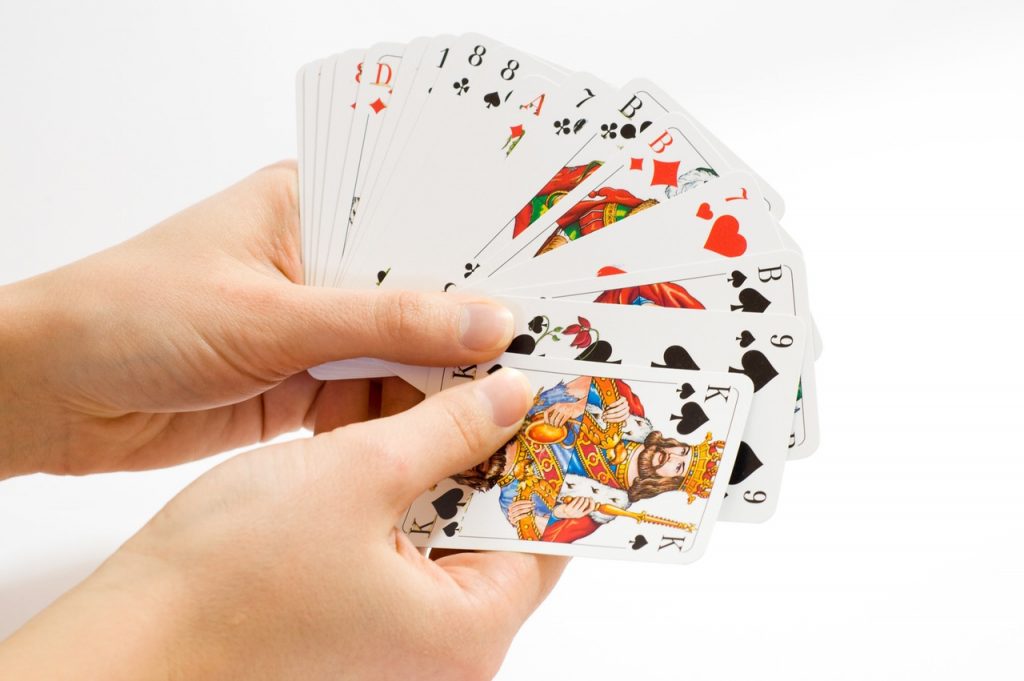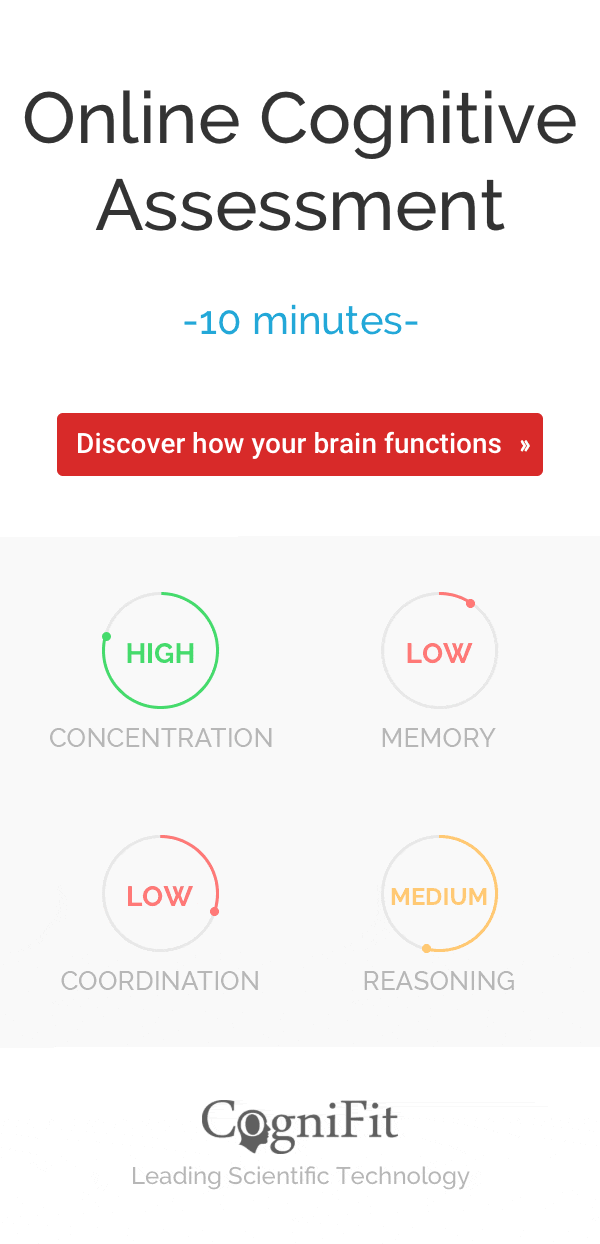
How to Remember Everything: Memory Techniques
Are you struggling to remember things in your everyday life? Whether its forgetting people’s names immediately after meeting them, attempting to recall your grocery list, or trying your best to remember material for an upcoming exam, you just feel as if nothing is helping these memories stick. Don’t despair, because there are proven memory techniques you can use to improve your memory!
These are issues we have all come across at some point in time. It is impossible to retain all information that comes into our minds. Considering there is such an immense amount of stimuli that we are constantly exposed to; sights, smells, tastes, sounds, textures, thoughts, etc. it’s incredible that we are able to even process any of this information simultaneously.
How much do you know about memory?
[qzzr quiz=”249309″ width=”100%” height=”auto” redirect=”true” offset=”0″]
Instead of the constant bombardment of information, our brains process what is important and relevant to specific environments and situations. From there, a large portion of information is soon forgotten because it is only important in that instance. However, some of this information will continue on to become memories. You may be thinking, in an instance such as an introduction to a new colleague or individual, why is it that I almost instantly forget their name? I would consider that to be important for that encounter, shouldn’t it solidify and become a memory? It is almost as if we should call the process forgetting and not remembering.

Although this information is important, our brain is processing many other important characteristics of said individual such as social cues of their posture, facial expression, and smell, all to determine this individual is not a threat. After all, we are animals and these are vital signs to determine our survival in this instance. After processing all of these other bits of information, their name has slipped. You may feel embarrassed about trying to recall their name so you wait until their name is said again or you do not address them. This method may work, but there are much more efficient memory techniques that can improve your ability to solidify names, events, lists, and nearly anything you want to remember and these memories will be easy to recall for the rest of your life.
Memory Techniques
Chunking
Famous cognitive psychologist George Miller (1955) discovered in his studies that humans are able to remember about seven “chunks” of information at a time. He deemed this the 7 plus or minus 2 rule, being that we can work with about 5 to 9 chunks of information, with the average being 7. For example, if I asked you to remember the list of numbers:
9 7 3 5 5 5 9 3 6 5
You may look at that and think that is way too many numbers to remember at once, or, you may have done the natural tendency we have learned to do in our modern age and looked at it as a phone number, 973-555-9365. Instead of remembering ten individual numbers, we group a string of numbers into three separate chunks of numbers. 973 (chunk), 555(chunk), 9365 (chunk). Using this memory technique, we can group bits of related information together and recall these bits while staying in our 7 ± 2 rule, considering we are only working with three chunks of information.
Abstract Imagery
Although chunking is one of the effective memory techniques for remembering lists, we are not always presented with lists to remember. When we meet a new coworker, we are only focused on trying to remember their name. Well an easy way to do this is as soon as an individual states their name, attribute their name to an abstract image or concept to strengthen this memory. An example of this would be using my name, Eric Stone. To easily remember my name, when we shake hands you may want to visualize me as a huge man made of stone, similar to The Thing from Fantastic Four.
When it comes to using this abstract visualization memory technique, it is helpful to make the imagery as outlandish and ridiculous as possible. The more absurd the imaginary visual, the more likely you are to recall it in the future. You can often pair this memory strategy with those below to create even more concrete images in your head. Two birds with one stone! (Concrete. Two birds with one stone. Eric Stone. Now I know you will never forget my name using all of this abstract imagery!)
Repetition
The most common form of remembering is through the use of repetition. I want you to look at these next few words. After reading through the list, turn away and in one minute turn back to see how many words you can remember.
Mug Delta Hole Yellow Brain Book Fifteen Snowman Division
If I had to take a guess I would say that you remembered Mug, Delta, Hole, and Division. The reason for this is due to the Serial Position Effect. The order in which something occurs or appears effects our ability to remember it, and there are two forms of these effects, the Primacy and Recency effects. We are best at remembering items that appear first and last in a list because the items at the beginning of the list we repeat in our heads and the items at the end of the list are the most recent to enter our memories. If I had to take another guess, I would bet that you either closed your eyes or looked up and repeated this list of items to yourself in order to retain the information. Repeating this list of items in your head is the most common memory technique to remember because it just works! But as was mentioned, we are best at remembering the items at the beginning and end of the list so it is best to pair this memory technique with another in order to remember the whole list.
The Memory Palace
Chunking and repetition are memory techniques that come natural to us because we unknowingly use these memory techniques our whole lives. However, there are other forms of remembering that are much more effective and with little practice can make a substantial difference in your life, enough so that in just the matter of an hour you can teach yourself to remember the order of a whole deck of cards!

In his bestselling novel, Moonwalking with Einstein: The Art and Science of Remembering Everything, Joshua Foer embarks on a journey from reporting on the USA Memory Championship to becoming one of the contestants! The memory technique, he found, used among all of these expert memory competitors is that they develop a “memory palace.”
A memory palace is an environment in which you are incredibly familiar with, your childhood home for example, and you can visualize quite extensively in your imagination. In order to remember a list of items, for example, one would want to imagine placing these items throughout their childhood home, and then imagine walking around this memory palace and visualizing each item. So to take an example in which one might encounter on their chores, let’s make the list of items: RSVP to wedding, buy dog food, finish installing wifi router, call doctor, and sort out credit card receipts. This list may appear extensive, however, when you place these chores as visualizations throughout your imaginary home, you can easily recall these items. So now imagine walking up your driveway and you see a bride and groom at the altar, as you enter your front door your dog is salivating with a massive puddle of drool that soaks your feet, you turn to make a left down the hall and you see massive wifi signals bouncing off the walls; you see where I’m going with this right? You want to visualize yourself walking through your house and the images, sounds, smells, etc. appearing in front of you. Then the next time you want to remember what item is next on your list, you can just visualize yourself continuing this journey walking throughout your memory palace and these items will be right where you left them in your memory palace. I suggest making these items appear as abstract as possible in order to really reinforce the memory!
We can all benefit from improving our memories and over time of practicing these memory techniques they will become natural habits and you will notice a huge improvement in your ability to remember. I hope you remember where you learned all these new memory techniques!












